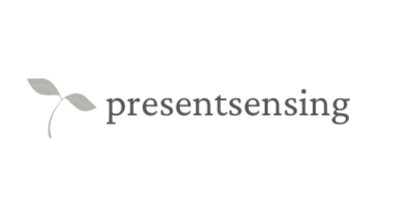From Gratitude List to Wholeness Map: An Inclusive Approach to Awareness
Gratitude lists are everywhere in wellness and self-care practices. For some, they’re helpful in shifting focus and cultivating joy. For others, they can feel forced or incomplete. Personally, I’ve never loved a gratitude list. Writing one often feels like I’m pasting a smile over my real experience.
👉 How do you feel about gratitude lists?
The Limits of a Gratitude List
A gratitude list can be supportive for many people. It can:
create clarity by naming delights in one place
offer perspective after a period of struggle
shift focus away from stuck or negative thought patterns
But here’s the challenge: gratitude lists often send the message that you can only focus on positive experiences. They can unintentionally dismiss or silence the more difficult parts of life — shame, anxiety, grief, disagreements, fear, or frustration.
It can start to feel as though gratitude is “better” than suffering, or that happiness should be forced even when you’re hurting.
The Role of Suffering in Growth
Suffering is not something to bypass. In fact:
suffering is transformational
suffering with awareness and support builds resilience
suffering is part of our shared humanity
If gratitude lists risk silencing suffering, what other tools can we create?
Introducing the Wholeness Map
Instead of a gratitude list, I began experimenting with something new: a Wholeness Map.
A Wholeness Map is:
a list, mind map, or doodle that holds all parts of your experience
a way to see everything that’s happening, not just the “good” parts
a visual reminder that your life contains multitudes
When I created my first Wholeness Map, I filled a circle with everything:
the anxiety I felt about the environmental crisis
the sensory delight of a new candle
migraine symptoms lingering in my body
the comfort of homemade pie in the freezer
As I mapped it all, I felt my shoulders loosen, my chest expand, and my face soften. Relief came from seeing the whole picture — not from censoring any part of it.
Why the Wholeness Map Works
The Wholeness Map doesn’t erase gratitude. Instead, it deepens it. By holding both joy and difficulty in one container, you discover:
the capacity to contain multitudes
the resilience of being with all your experiences
a gratitude that feels real and embodied, not forced
Create Your Own Wholeness Map
You can try this practice yourself:
Draw a circle, make a list list, or create a doodle.
Write down everything you’re experiencing — joyful, painful, neutral, or confusing.
Step back and notice what it’s like to see it all together in one place.
👉 Here is the amazing part: this is your experience of being with exactly what is, without trying to change it.
👉 And also: this is your experience of being present.
You might even experiment with a Grievance List or Grudge List as part of your process. The key is awareness, choice, and intentionality.
What comes up for you as you imagine creating your own Wholeness Map?
Frequently Asked Questions About Gratitude Lists and Wholeness Maps
What is a gratitude list?
A gratitude list is a journaling practice where you write down things you’re thankful for. It’s often used to shift focus from stress to appreciation.
Why might a gratitude list not work for everyone?
For some, gratitude lists feel forced or dismissive of pain. They can create pressure to be positive and ignore real struggles.
What is a Wholeness Map?
A Wholeness Map is a self-discovery tool that includes all of your experiences — joys, challenges, neutral moments, and everything in between. It helps you see your full humanity without censoring yourself.
How does a Wholeness Map support mental health?
By making space for the whole range of your feelings, the Wholeness Map fosters flexibility, spontaneity, and embodied awareness. It can feel more authentic than only writing positive experiences.
Can therapy help me explore practices like this?
Yes. In Gestalt and embodied therapy, we often work with creative tools like journaling or mapping to bring awareness to your whole self. Therapy can provide support as you experiment with practices that honour both joy and suffering.
Ready to Explore Wholeness Beyond Gratitude Lists?
If you’re curious about therapy in Toronto or online therapy in Ontario that honours your whole experience, I offer a supportive space to explore practices like the Wholeness Map. Together, we can deepen your awareness and help you live with more authenticity and presence.
Book a free consultation to explore what therapy can make possible.


